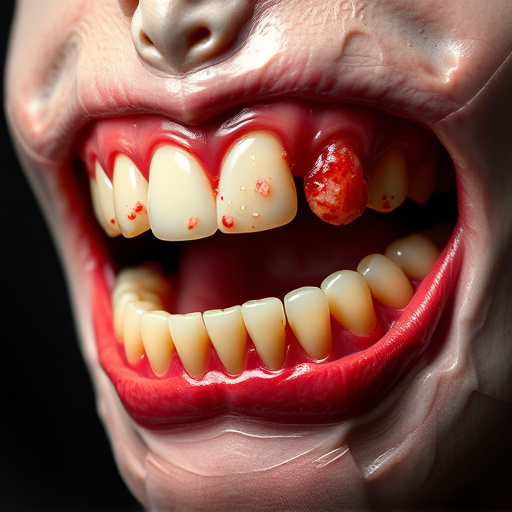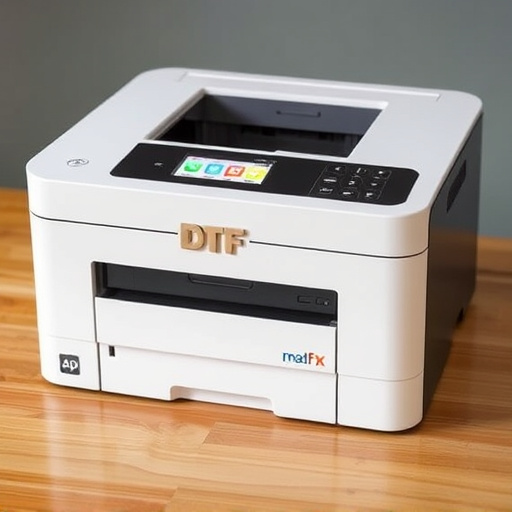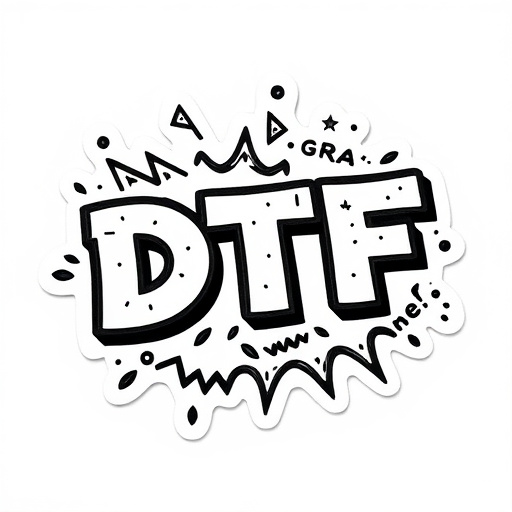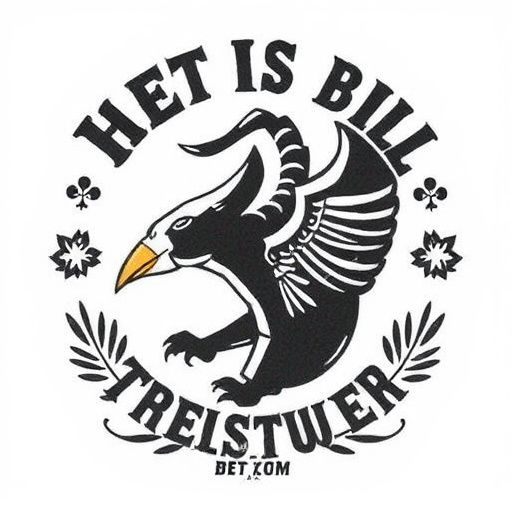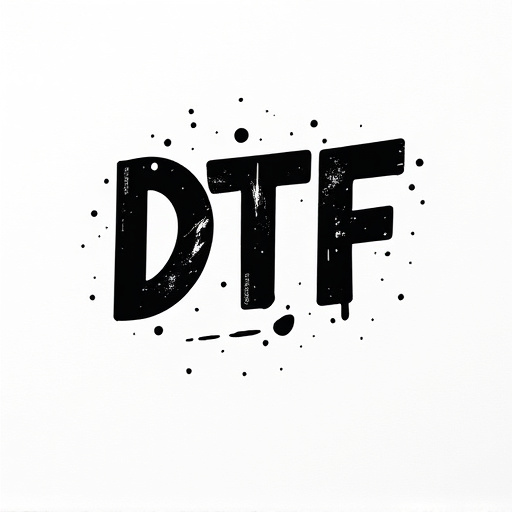The DTF Transfers Printer is a versatile, efficient solution for creating high-quality designs on various materials. Its precision printing, fast speeds, automatic feeds, and UV durable transfers make it ideal for indoor/outdoor use. Integration is simple: set up, connect, install software, calibrate, and load custom gang sheets. Optimize workflow with organized file management, correct settings, and best practices to boost productivity while delivering accurate, durable results. Regular calibration and updates ensure consistent quality and efficiency.
Introducing the revolutionary DTF Transfers Printer – a game-changer in the printing industry. This article guides you through seamlessly integrating this cutting-edge technology into your workflow, exploring its unique features and vast benefits. From understanding the printer’s capabilities to a detailed step-by-step setup process, we ensure a smooth transition. Learn optimal practices for efficient DTF printing, ensuring precision and speed. Discover how this printer can transform your design and production processes.
- Understanding DTF Transfers Printer: Features and Benefits
- Integrating the Printer: Step-by-Step Setup Guide
- Optimizing Workflow: Best Practices for Efficient DTF Printing
Understanding DTF Transfers Printer: Features and Benefits

The DTF Transfers Printer is a cutting-edge technology designed to revolutionize the printing industry, offering businesses and creatives an efficient way to produce high-quality, durable prints. This advanced machine combines the precision of digital printing with the versatility of transfer paper, enabling users to create custom designs on various materials. One of its key advantages is the ability to handle complex patterns and intricate details with ease, ensuring precise and crisp results every time.
With features like fast processing speeds and automatic feed systems, this printer streamlines the production process. It accommodates a wide range of media types, from fabric to wood, allowing users to experiment with different projects. The UV DTF transfers technology ensures long-lasting durability, making it ideal for both indoor and outdoor applications. Additionally, the DTF gang sheet builder function optimizes material usage, reducing waste and offering cost-effectiveness for bulk printing jobs.
Integrating the Printer: Step-by-Step Setup Guide

Integrating a DTF Transfers Printer into your workflow is a straightforward process designed to streamline your production and enhance efficiency. Start by unboxing your printer, ensuring all components are present, and setting up the workspace according to manufacturer guidelines. Next, connect the printer to your network, either via Ethernet or Wi-Fi, depending on your preference and facility setup. Install the provided software suite, which includes drivers and utility tools, following the on-screen instructions for a seamless integration.
Once installed, calibrate the printer using the included calibration tool, adjusting settings for optimal DTF print quality. Load your custom DTF gang sheets into the printer tray, ensuring proper alignment and positioning for consistent durability in each transfer. Test print several samples to verify accuracy and ensure the printer meets your expectations. With these initial setup steps complete, you’re ready to dive into the world of efficient DTF printing, unlocking new possibilities for creating high-quality, durable designs on a variety of materials.
Optimizing Workflow: Best Practices for Efficient DTF Printing

Optimizing your workflow with a DTF Transfers Printer can significantly enhance productivity and efficiency. The key to effective DTF printing lies in preparation and organization. Start by creating a structured system for file management, ensuring all designs are digitally ready and optimized for printing. This includes using the correct resolution, color profiles, and formats. A well-prepared gang sheet builder for DTF heat transfers streamlines the process further.
By implementing best practices, you can minimize waste and maximize production speed. Arrange your print jobs in advance, considering batch processing to reduce setup time between prints. Maintain a clean and organized workspace, keeping all necessary materials readily available. Regularly calibrate your printer to ensure consistent quality, and stay updated with the latest firmware updates to access enhanced features and improve overall performance. These practices contribute to a seamless DTF printing experience, enabling you to deliver high-quality results efficiently.
Integrating a DTF Transfers Printer into your workflow offers a seamless and efficient way to enhance your printing capabilities. By understanding the printer’s features, following the step-by-step setup guide, and adopting best practices for optimization, you can streamline your production process. This article has provided valuable insights on how to leverage the power of a DTF Transfers Printer, ensuring accurate, high-quality results in no time.

